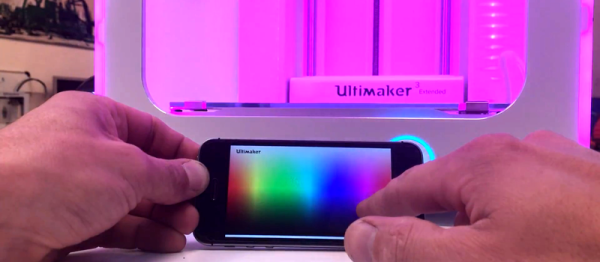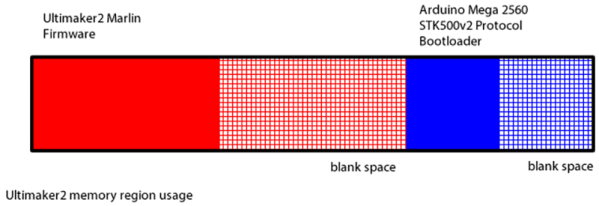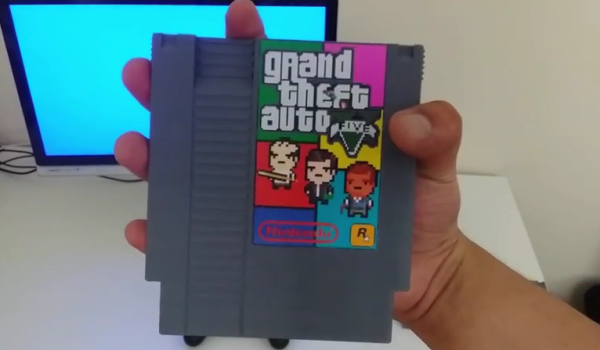When you ask for recommendations on which 3D printer to buy, damn the cost, the Ultimaker is consistently at the top of the list. There’s a reason for the popularity of this printer — it’s easy to use, extremely high quality, and has an entire freakin’ Linux system running somewhere under the hood. That last bit is opening up a few doors to some interesting hacks, like using a 3D printer as an RGB LED.
The Doodle3D team has been playing around with the Ultimaker API to see if they can make their software work with the Ultimaker printer. The Ultimaker has RGB LEDs, so obviously the simplest proof of concept in futzing around with an API is to blink a few LEDs. The actual code was written in HTML, JavaScript, and Node in just two hours. The author admits it’s ugly, but it works. Can’t go wrong with that.
While this is just a simple test of the Ultimaker API, it’s surprisingly high up on the Google results when you search, ‘Ultimaker API’. That’s a shame, because there’s a lot of power under the hood of this printer. If you have some sort of mod you’d like to throw into the ring, here’s the Hackaday Tip Line.
You can check out the demo video of this hack below.
Continue reading “Blinking LEDs On The Internet Of Printers”

















